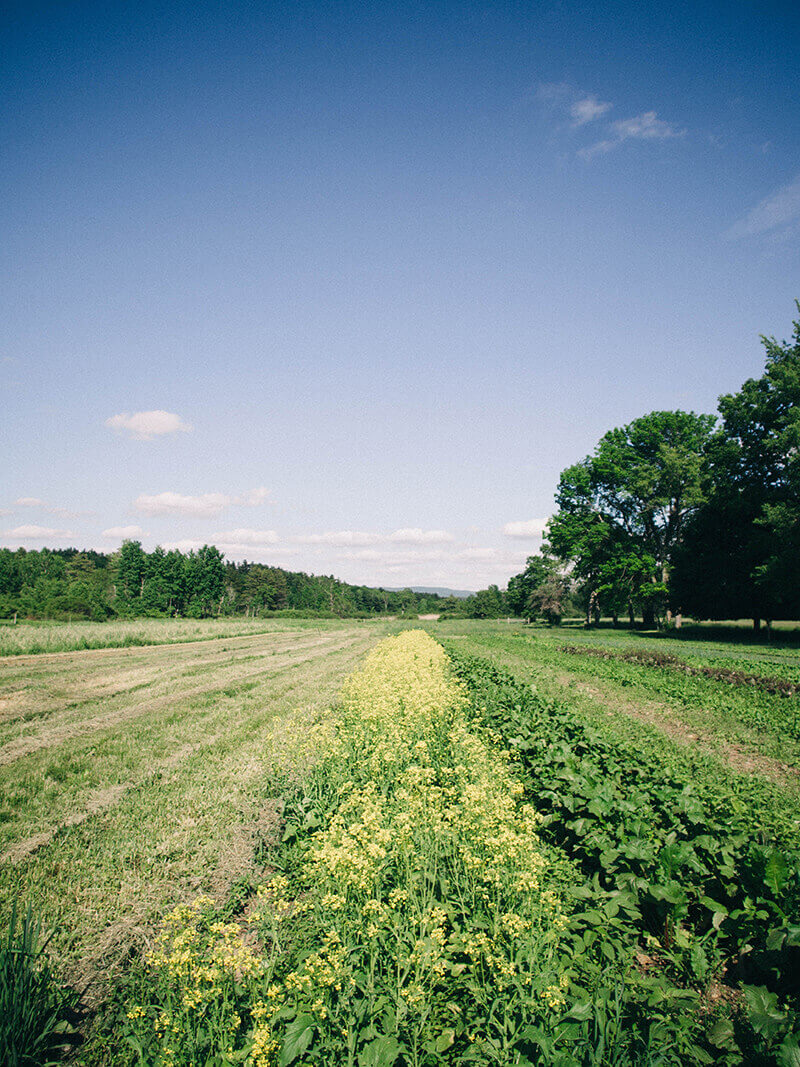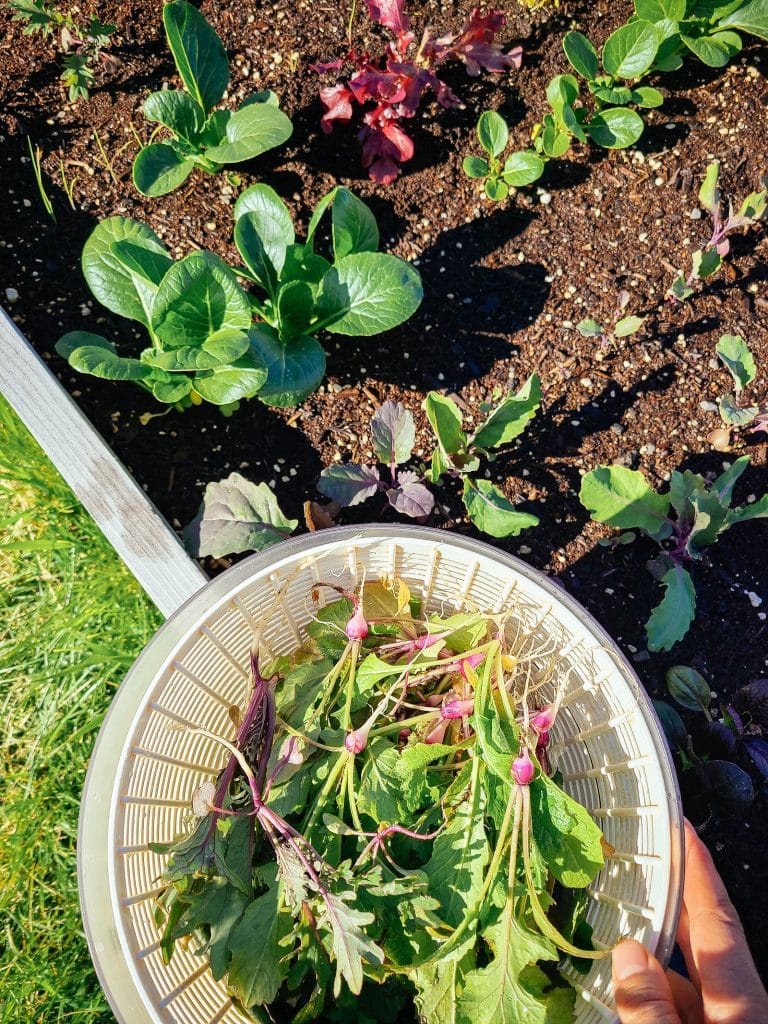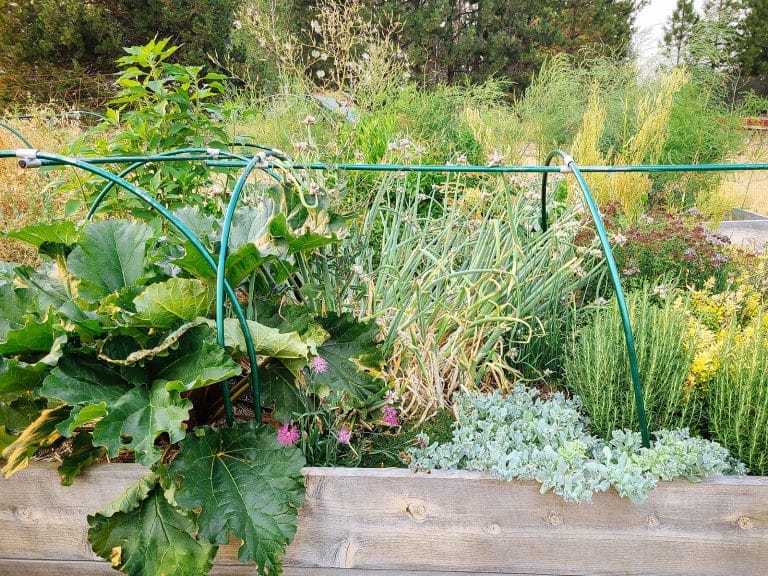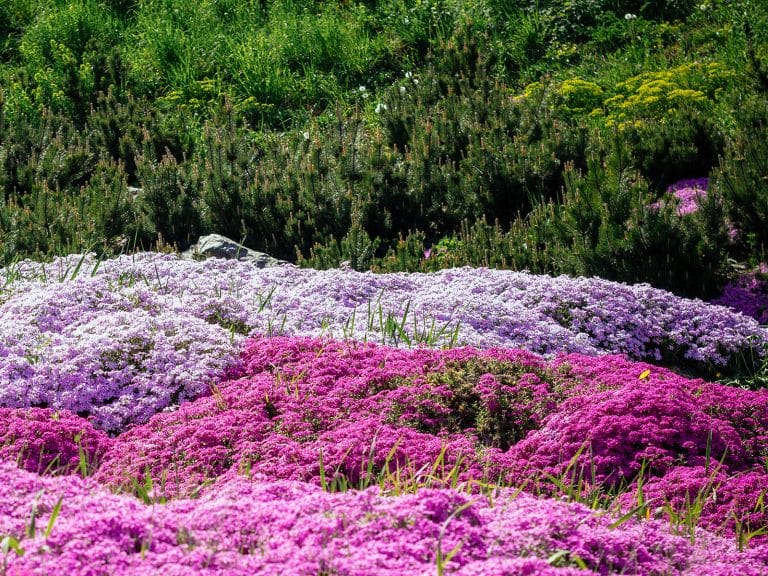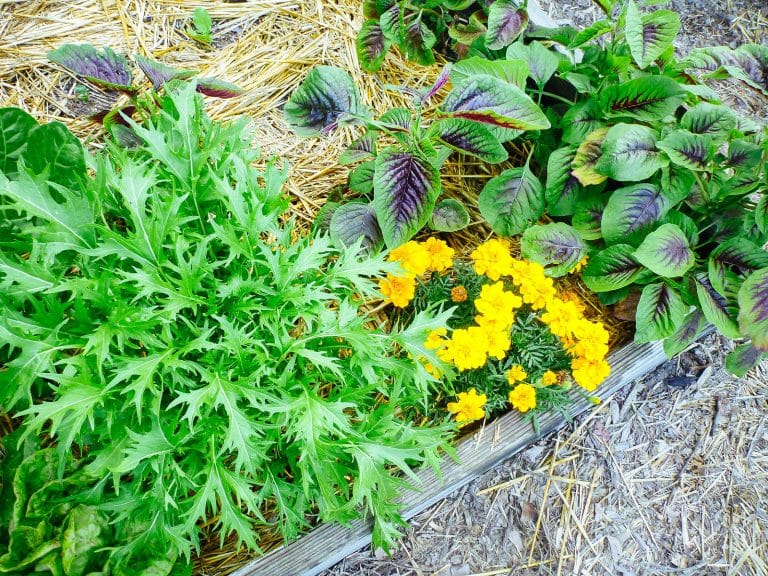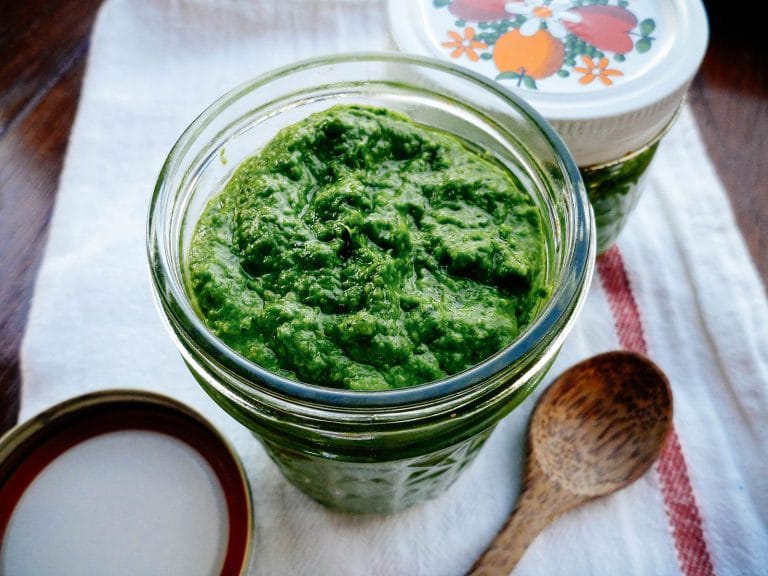To celebrate the first anniversary of the release of The CSA Cookbook, today’s post goes back — way back, to the beginnings of the CSA movement and the people and places I visited while promoting my book on a cross-country road trip. Enjoy this little slice of American farm history!
It’s been estimated that there are between 6,000 and 6,500 CSA (Community Supported Agriculture) farms in the United States today. It’s hard to get an accurate count because such farms aren’t tracked by the government, and there’s no definitive answer to what constitutes a “CSA farm” for the USDA Agricultural Census.
But in 1986, the count was much more clear-cut: two. There were only two CSA initiatives, Indian Line Farm in Massachusetts and Temple-Wilton Community Farm in New Hampshire.
Both operations still exist, and in fact, Indian Line Farm and its founder, Robyn Van En, have largely been credited with pioneering the CSA concept in North America. (You can read more about those early days in my previous post about CSA farms.)
When I took off on The CSA Cookbook Road Trip in the summer of 2015, I knew I needed to visit the birthplace of such an influential movement in the food and farm industry.
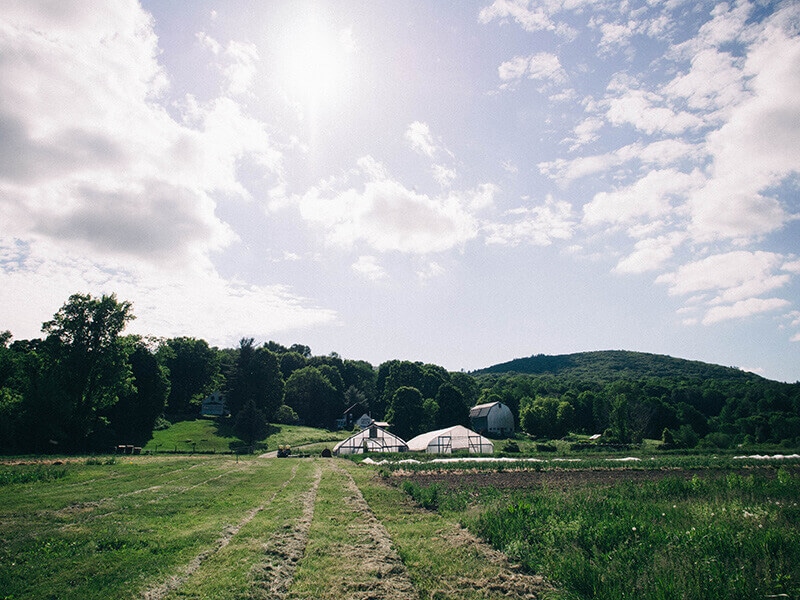
Though Robyn Van En died unexpectedly in 1997, her farm (and her legacy) passed on to two local farmers in collaboration with The Community Land Trust in the Southern Berkshires and The Berkshire Highlands Program of The Nature Conservancy.
The farmers, Elizabeth Keen and Al Thorp, were apprentices at a nearby CSA farm shortly before Van En’s death. For two summers, they rented Indian Line Farm from Van En’s son while deciding what their next step would be. In 1999, they were approached by The Community Land Trust and The Nature Conservancy to continue farming and preserving the land through a unique partnership model based on a long-term 99-year lease.
They’ve maintained a CSA program at the 17-acre farm since the partnership began, and have purchased the house, barn, and other buildings on the property while continuing to improve the soil and farm it organically.
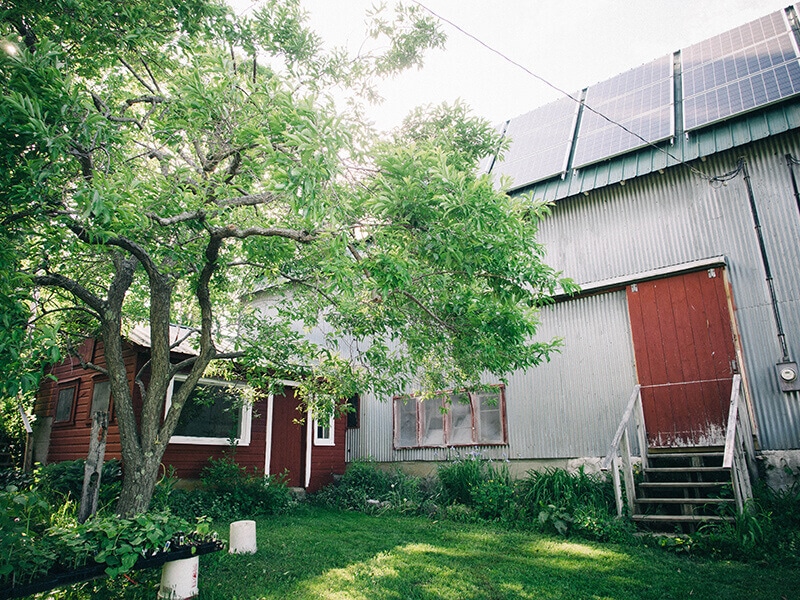
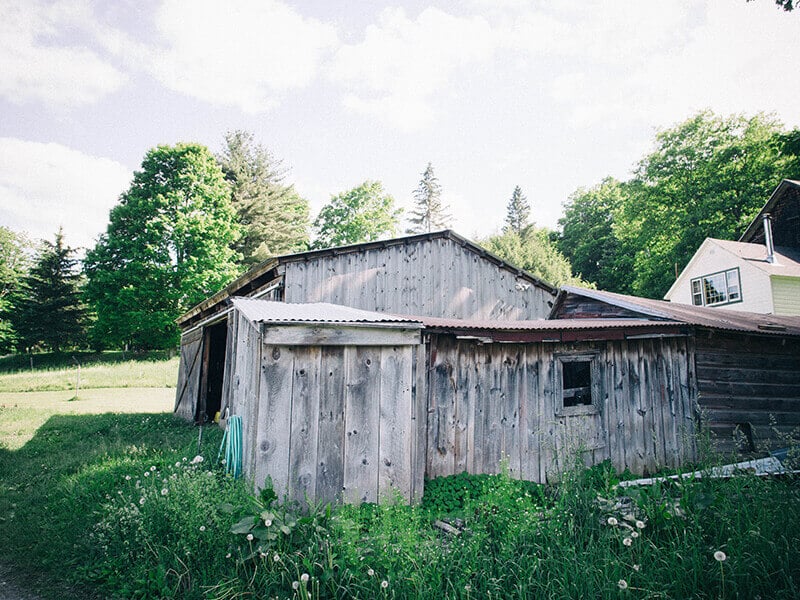

I reached out to Elizabeth when my book tour took me through Western Massachusetts, and she graciously agreed to give me a tour of the farm. I’d never been to the Berkshires before, but I imagine early June is one of the best times of year to visit the region. The drive through the picturesque green hills of South Egremont was so serene and straight out of a storybook, complete with clear blue skies dotted with puffy white clouds.
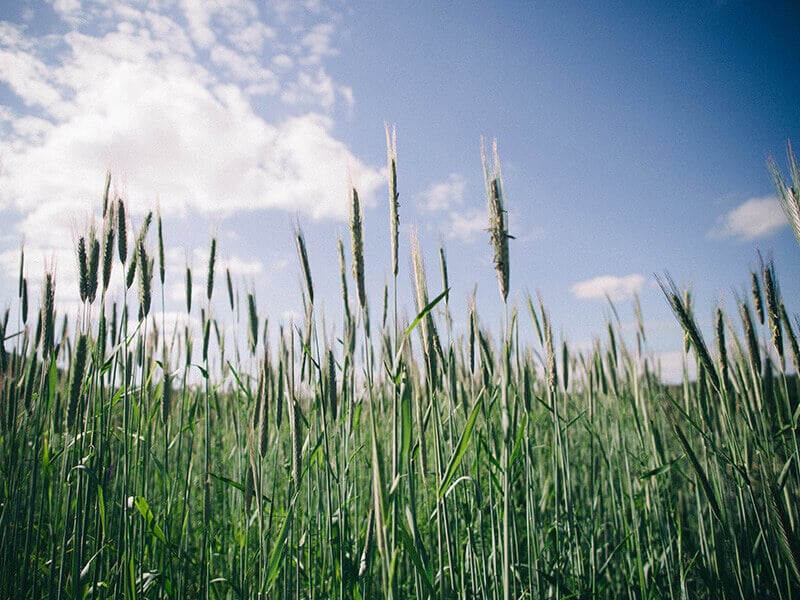
We passed farm after farm on an empty country road, and nearly missed the unassuming little sign for Indian Line Farm. After close to two decades, the farm continued to retain its family-run, rustic charm — clearly the hard work of two passionate farmers and their small team of employees, interns, and volunteers.
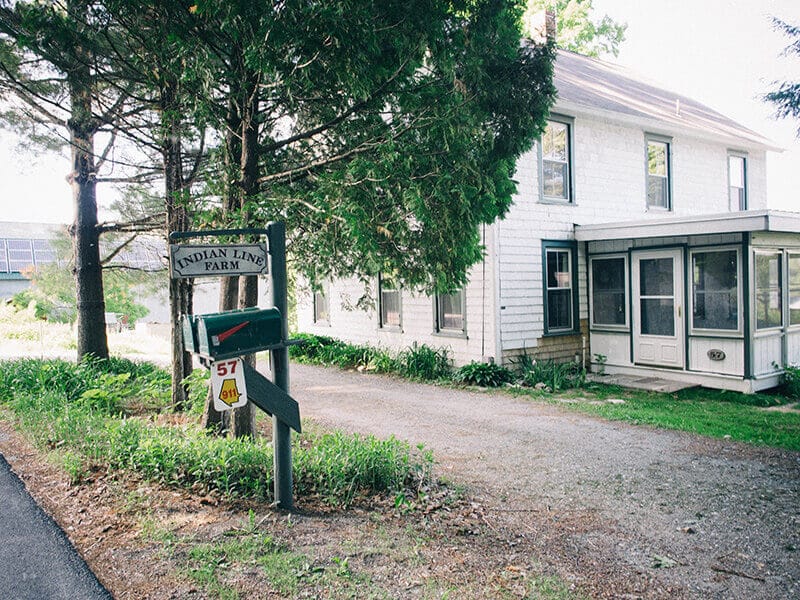
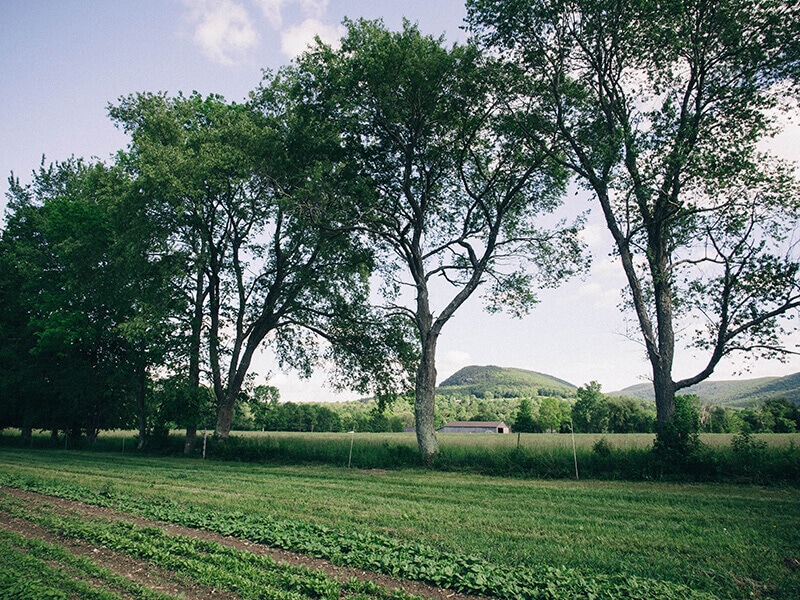
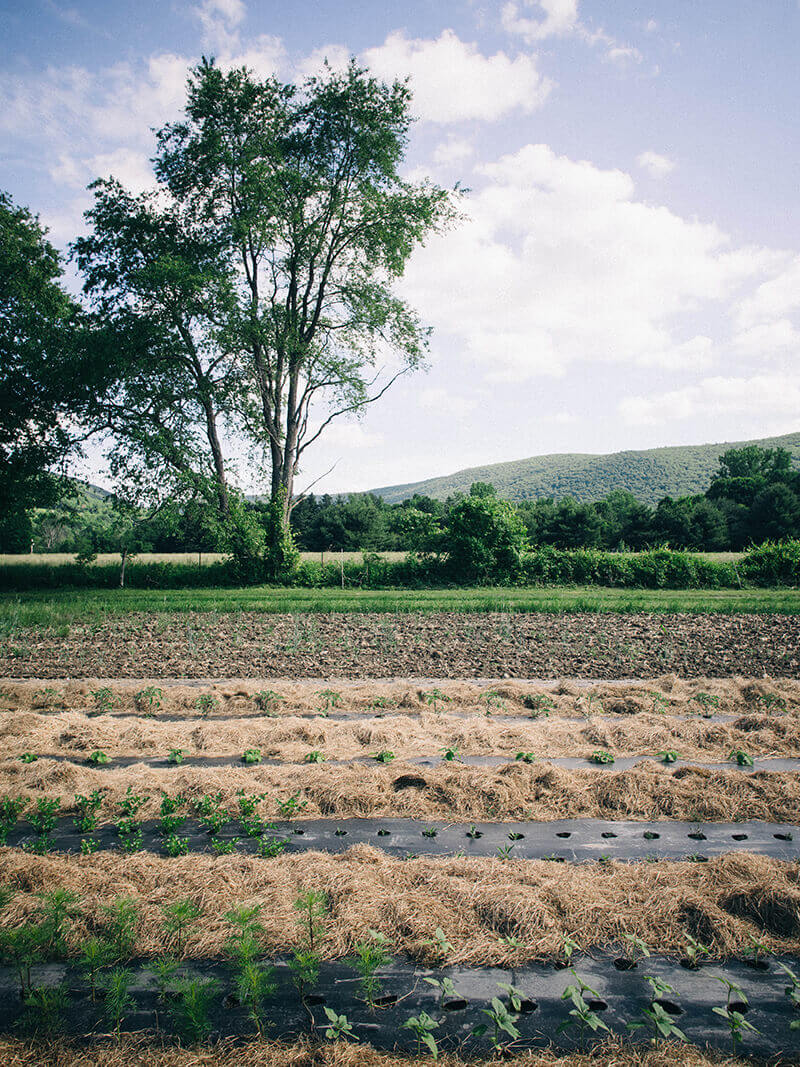


We arrived on a quiet day when all the farmworkers were off, but Elizabeth said they had just started their CSA season. The farm was flourishing with row after row of root crops, leafy greens, and tomato plants.
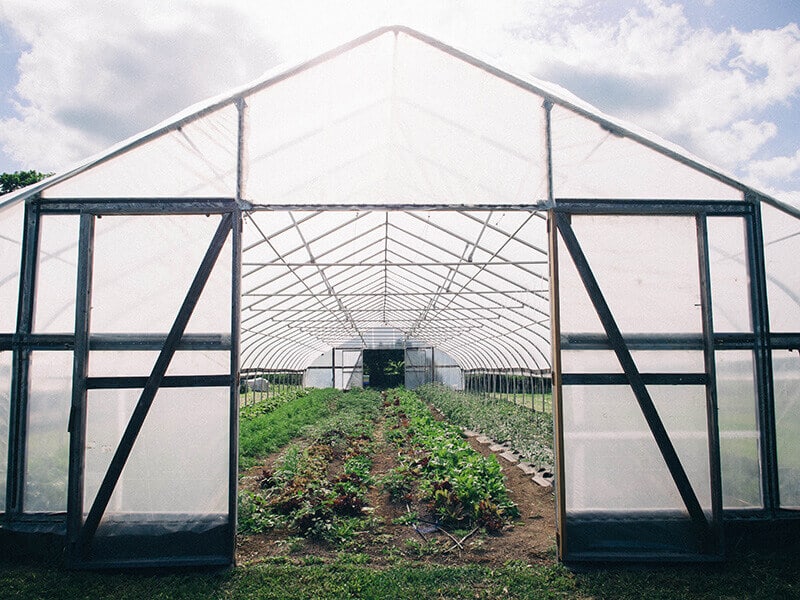

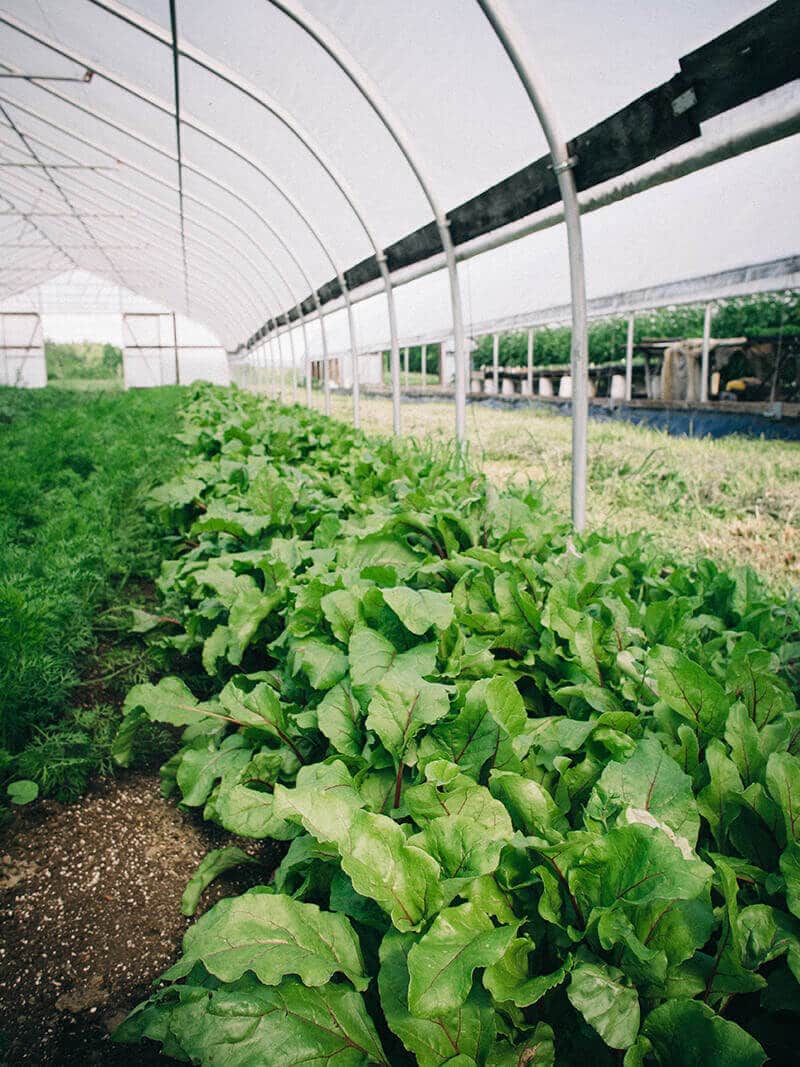
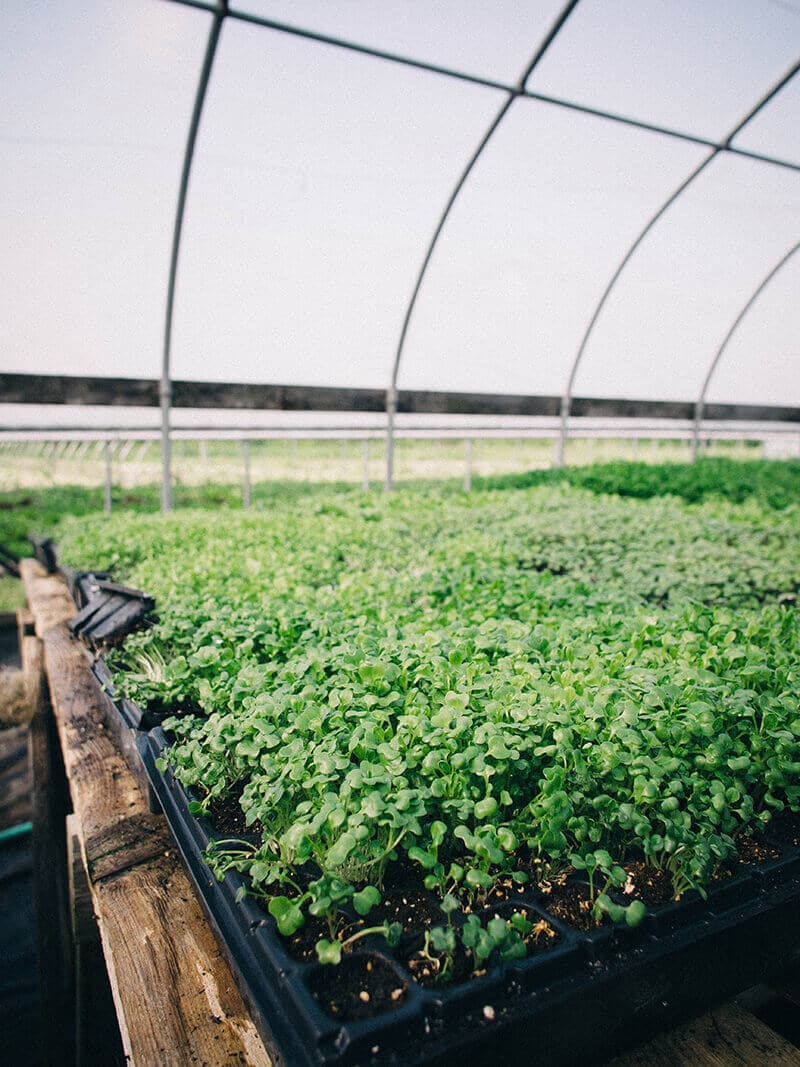


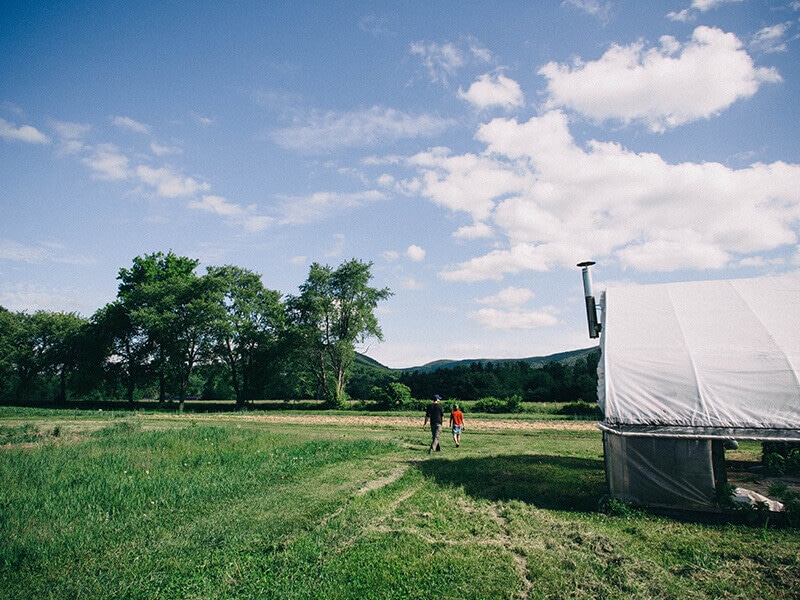

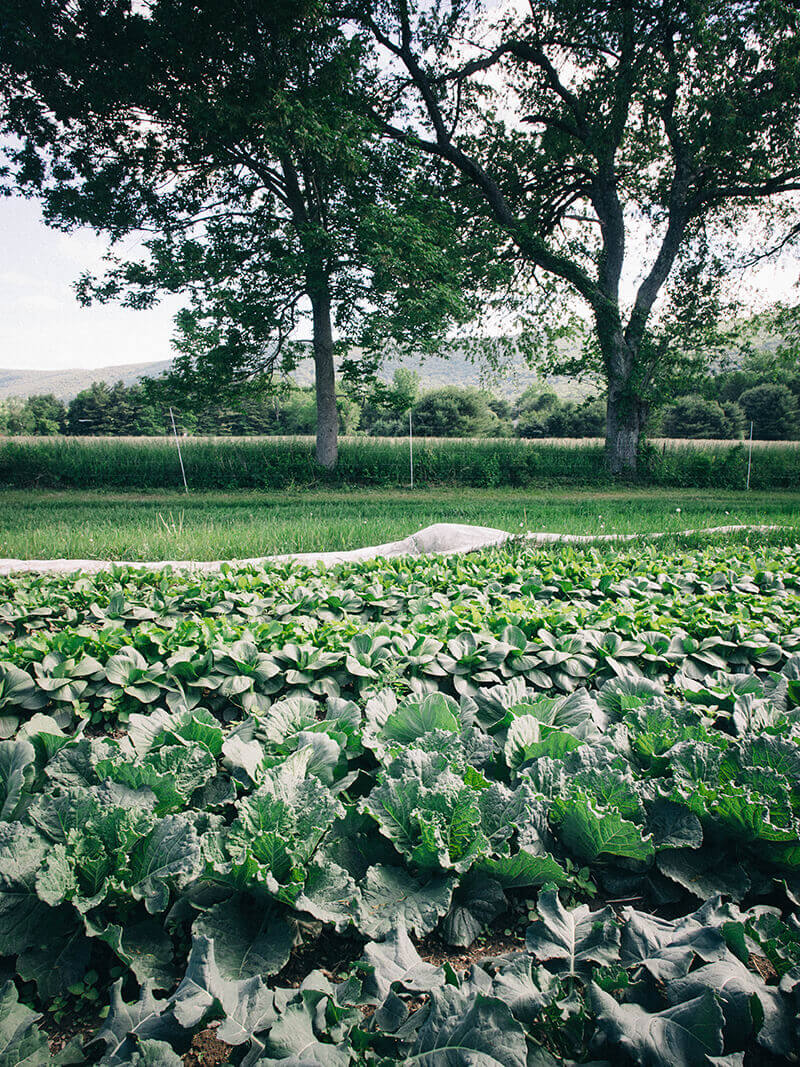
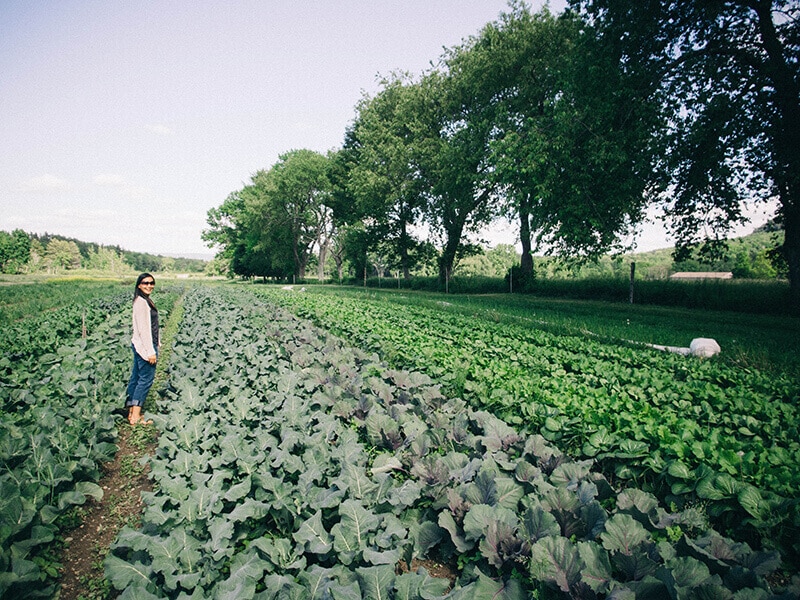
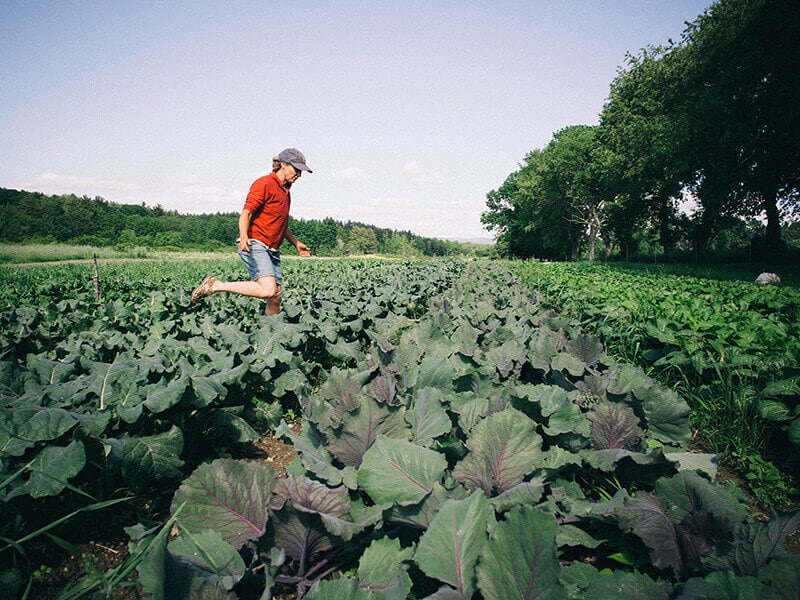
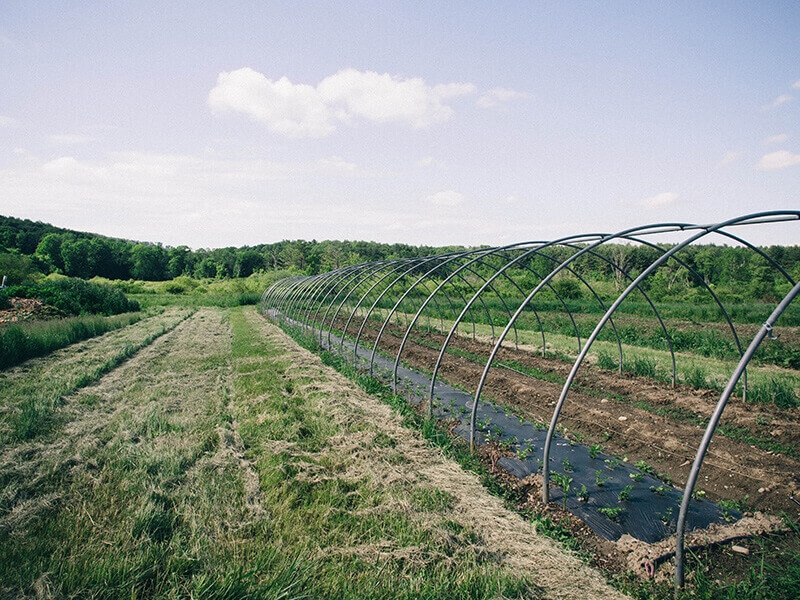
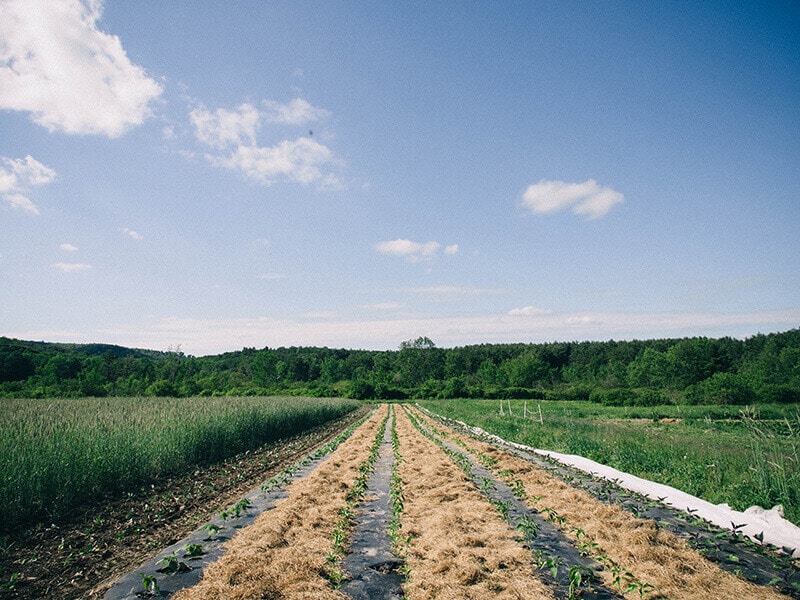
Aside from the usual assortment of vegetables and herbs, the farm also offers fruits, flowers, vegetable seedlings, and bedding plants, all grown onsite, as well as local breads and meats from neighboring farms.
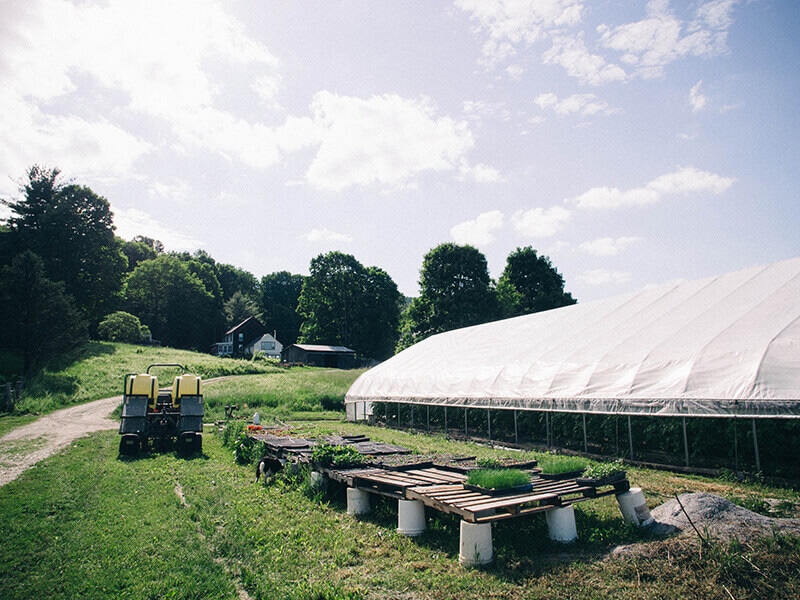


While most CSA shares are based on a set box of produce that farms pick for their members, Indian Line operates on a farmstand-type model where members can mix and match that week’s harvest to their liking. Certain crops that are more time-consuming for the farmers to harvest, but much beloved by members such as snap peas and green beans, are pick-your-own in peak season.
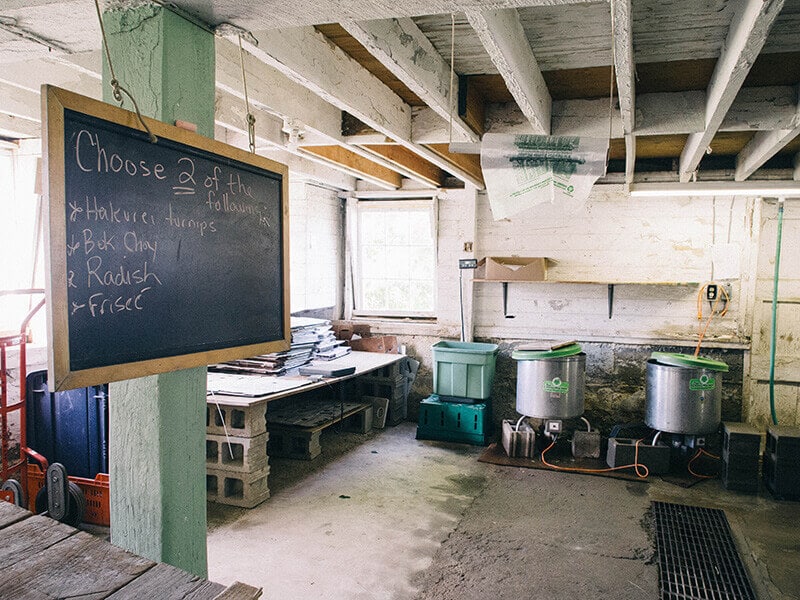

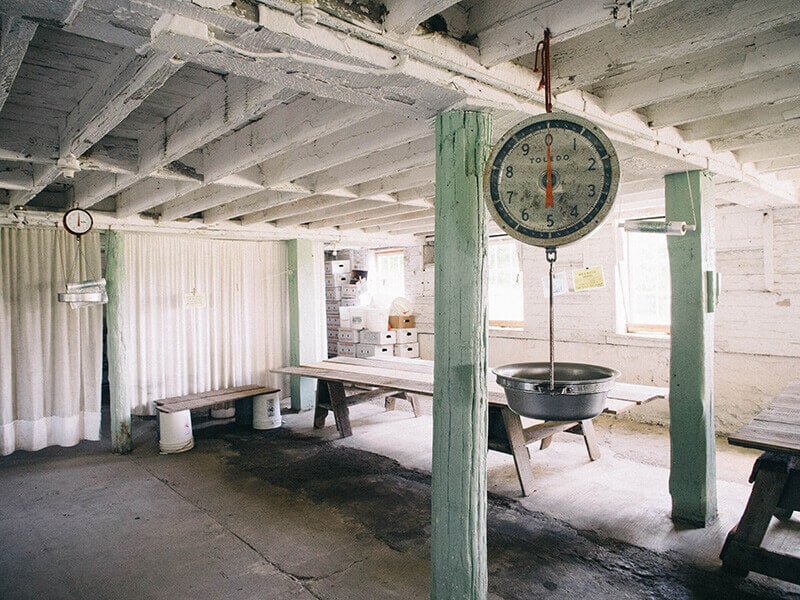
Elizabeth and Al consider themselves lifelong students of agriculture. They’re devoted to promoting good growing practices and stewarding the land they’ve been entrusted with. As Elizabeth said:
“Once you start putting energy into land, you become connected. And I immediately fell in love with being here.”
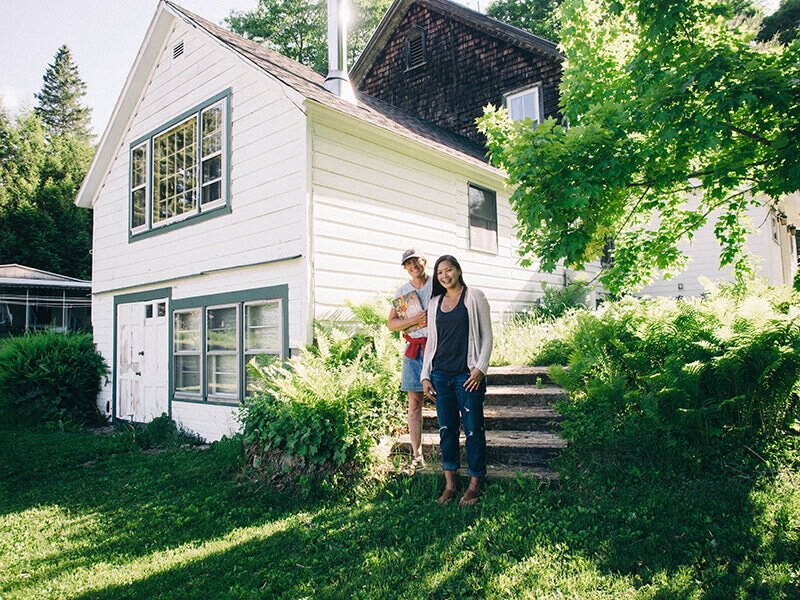
Thank you, Elizabeth, for giving us this glimpse into your beautiful life!


